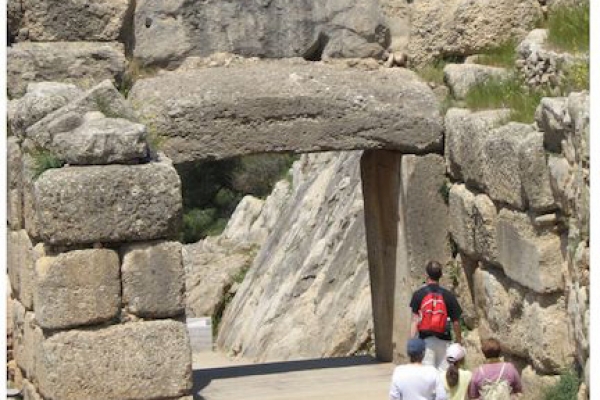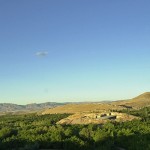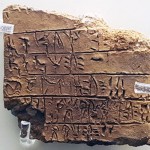Holocene Fault Scarps at Mycenae (Greece) and Possible Cultural Ties
Eric R. Force, Jeremy B. Rutter
The upper citadel at Mycenae is the upthrown block or horst between two active normal faults, both represented by prominent scarps. The northeastern fault is thought to have moved during Mycenaean times (in this case between about 1650 and 1300 BC). On the southwest side, the more famous Lion Gate fault zone and its fault scarps are involved in the archaeology of at least three features: the gate itself, Grave Circle A, and the Temple Complex, the latter built across one of these scarps. One outcrop exposure of this scarp has been thought to have had cultic significance, to which we can now add that the scarp apparently provided the focus for a curious arrangement of adjacent cultic paraphernalia, resulting in an intriguing puzzle of original intent and perception.
Force E.R., Rutter J.B. 2018, Holocene Fault Scarps at Mycenae (Greece) and Possible Cultural Ties, SMEA NS 4, 63-74.






